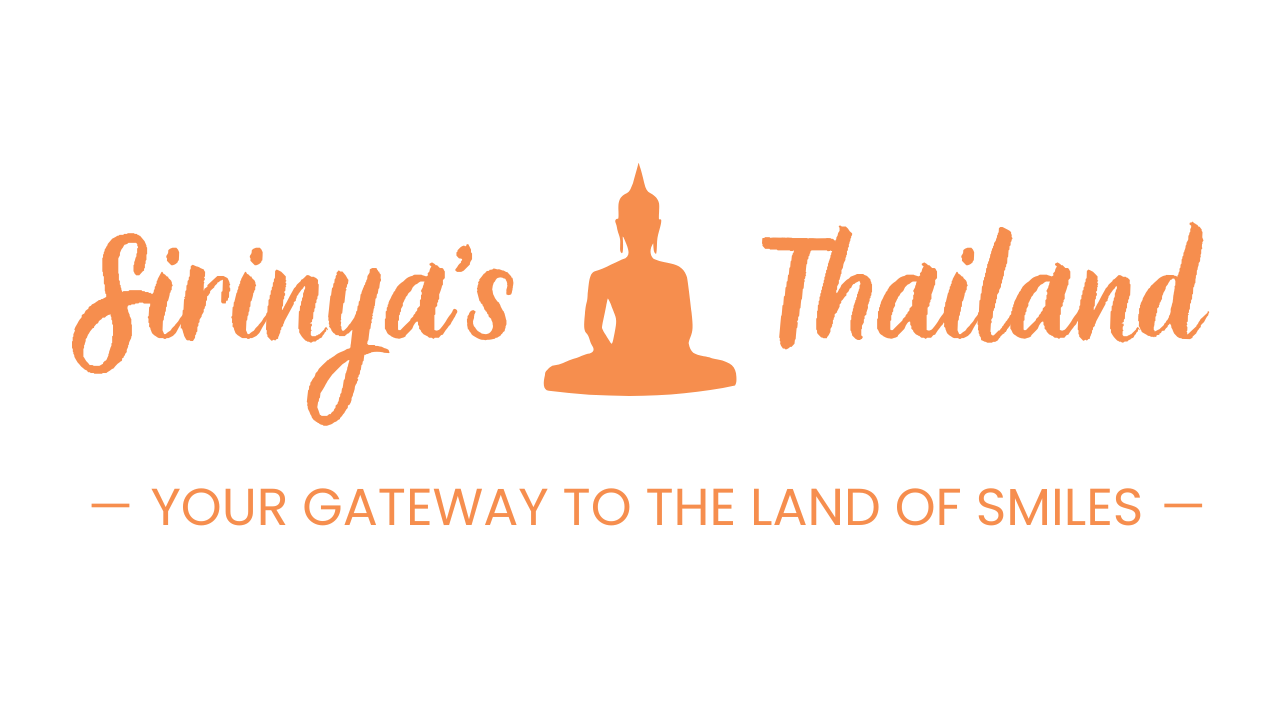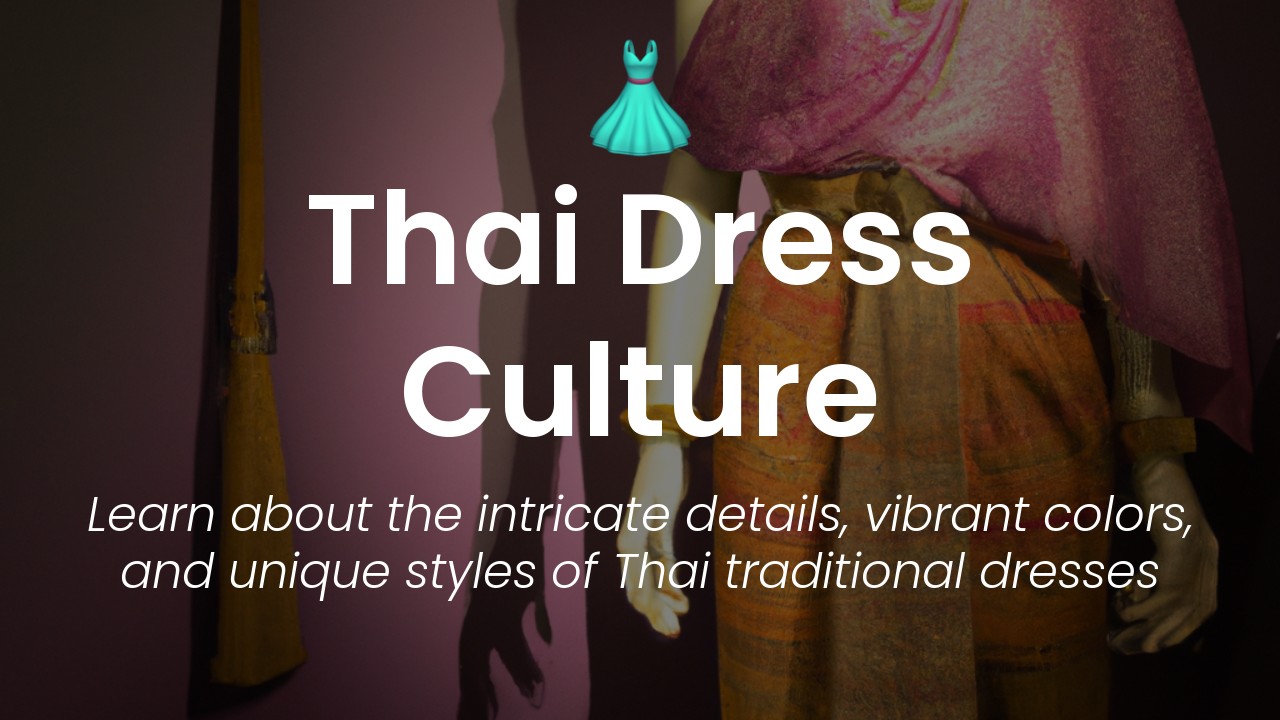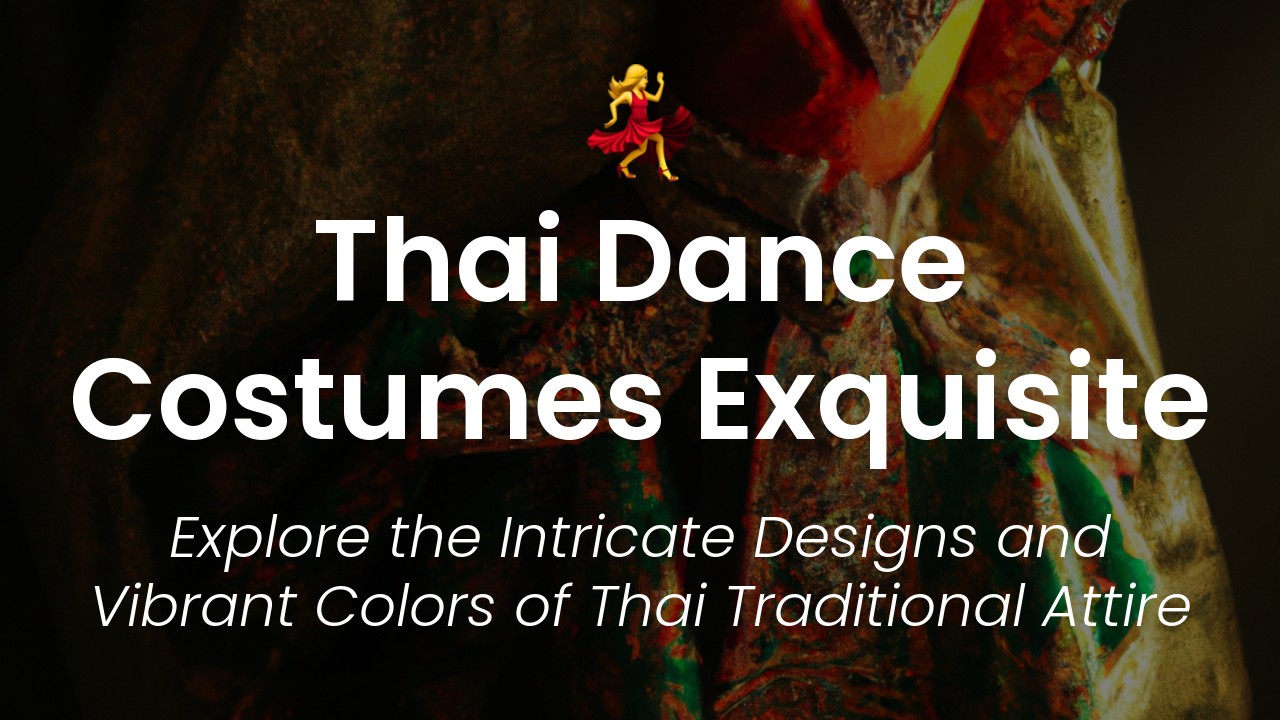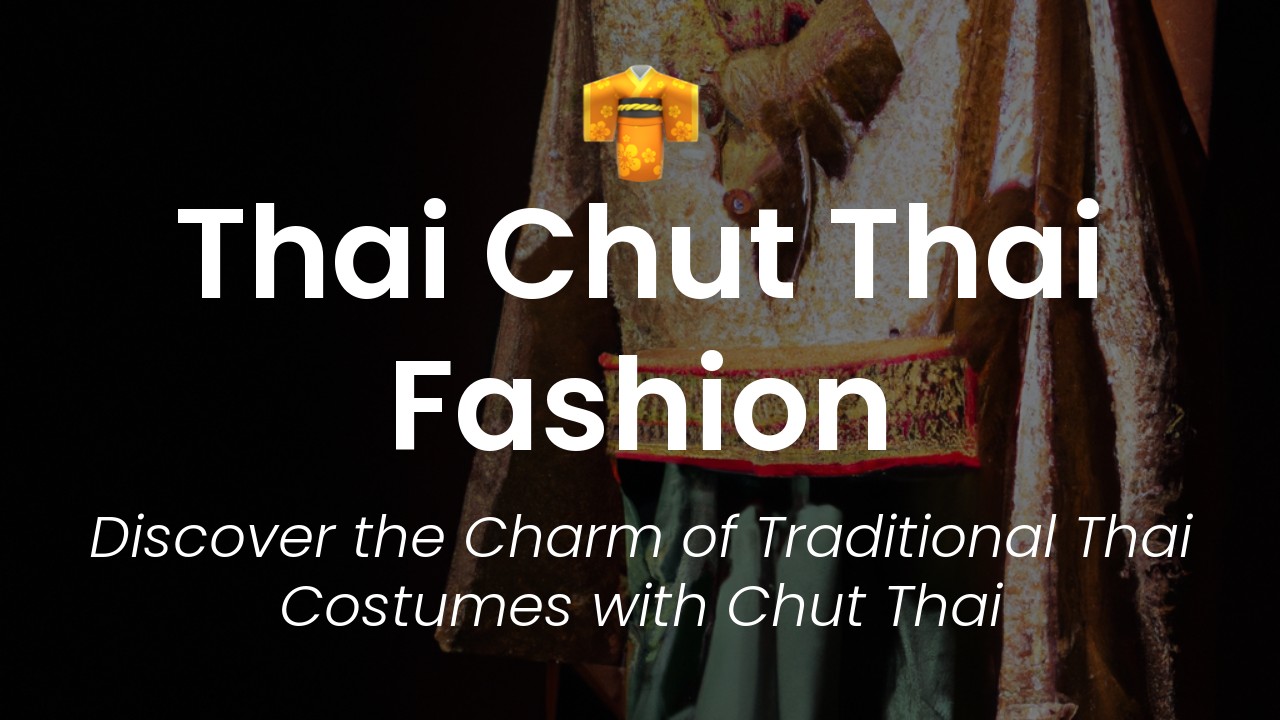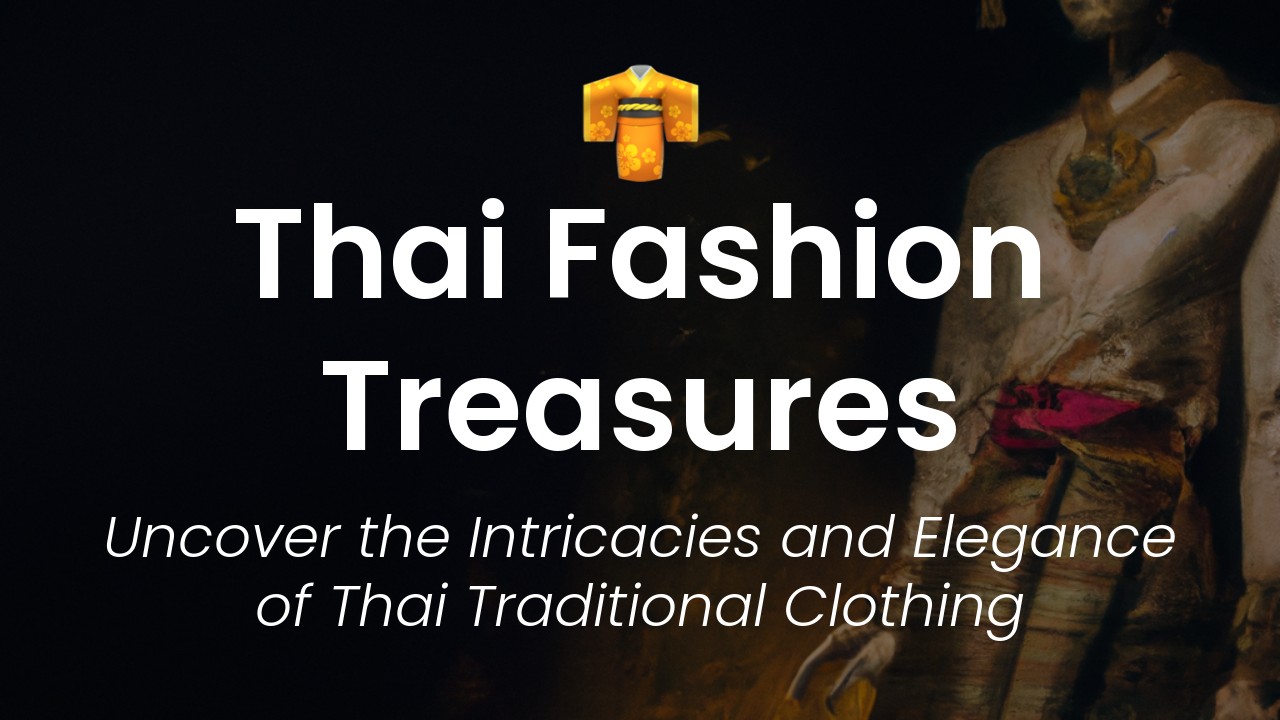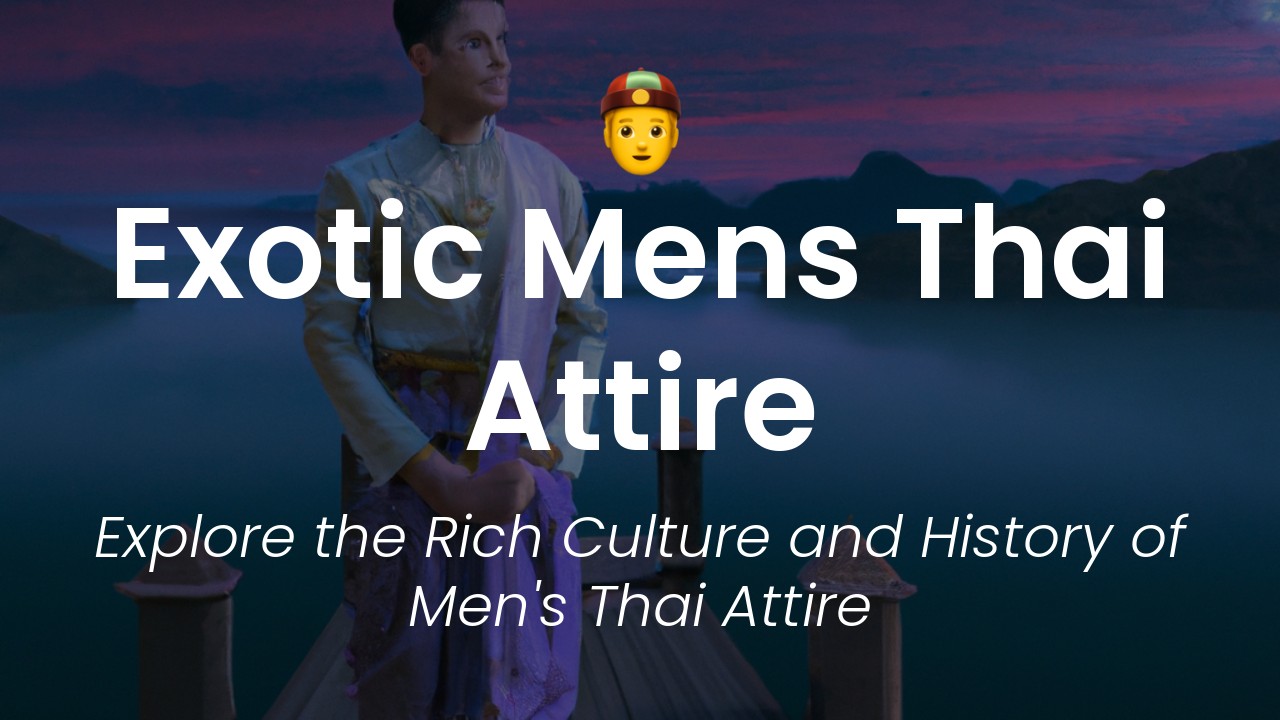Hello and welcome to my blog! My name is Sirinya and I'm a young woman from Thailand. As someone who is passionate about sharing my culture with others, I thought it fitting to write about one of the most iconic symbols of Thailand – our traditional dresses.
Thai dresses, also known as 'chut thai', have been worn in our culture for centuries. The intricate details, rich colors, and unique designs make them not only a beautiful piece of clothing but also a representation of our history and traditions. Each region in Thailand has its own style of dress that reflects the customs and beliefs of the people who live there.
In this article, you'll discover the beauty of traditional Thai dresses and learn about their significance in our culture. From elegant silk brocade fabric to detailed embroidery and intricate patterns, there is so much to appreciate in Thai dresses. Whether worn at weddings, religious ceremonies, or special occasions, Thai dresses are a true reflection of the art and beauty of our culture. So let's dive in and explore the world of Thai traditional dresses!
History of Thai Traditional Dresses
Thai traditional dress, also known as chut thai, has a rich history that dates back centuries. These beautiful and intricately detailed pieces of clothing are a reflection of the country’s diverse heritage, which includes influences from China, India, and Cambodia.
The traditional dress worn by Thai people has evolved over time, but it has always been an important part of the country’s culture. In fact, some of the earliest examples of Thai traditional dress can be seen in ancient murals and sculptures that depict the clothing worn by early Thai people.
Over time, the style and design of traditional Thai dress have changed to reflect the changing tastes and preferences of the people. Today, Thai traditional dress is often worn during special events and ceremonies, such as weddings, festivals, and religious holidays.
Popular Thai Dresses for Women
There are several different types of traditional dresses that are popular among women in Thailand. One of the most well-known is the pha sin, which is a long, tube-like skirt that is often paired with a blouse or jacket. The pha sin is typically made from silk or cotton and is adorned with intricate patterns and designs.
Another popular type of dress for women is the sampot, which is a wrap-around skirt that is typically worn in rural areas. It is usually made from cotton and comes in a wide range of colors and patterns.
The chut thai chakkri, which is also known as the “royal ensemble,” is another popular type of traditional dress for women. This dress is typically worn during formal events, such as weddings or the coronation of a new king. It consists of a long, flowing skirt and a blouse that is embroidered with gold or silver thread.
Popular Thai Dresses for Men
Although traditional Thai dress is often associated with women, there are several types of traditional dress that are popular among men as well. One of the most recognizable is the pha nung, which is a long, wrap-around skirt that is typically worn with a short-sleeved shirt. The pha nung is often made from silk or cotton and is adorned with intricate patterns and designs.
Another popular type of traditional dress for men is the chong kraben, which is a wrap-around sarong that is typically worn in rural areas. The chong kraben is usually made from cotton and comes in a wide range of colors and patterns.
Lastly, the formal traditional dress for men, similar to the chut thai chakkri for women, is the chut thai phraratcha niyom. This ensemble includes a long, flowing robe, a cap, and sometimes a sash.
Differences between Traditional and Modern Thai Dresses
Over time, traditional Thai dress has evolved into more modern and contemporary designs. Modern Thai dresses are often made from lighter fabrics and feature simpler designs that are more suited for everyday wear.
For example, the traditional pha sin has been adapted into a more modern, shorter skirt that is often worn with a blouse or a t-shirt. Similarly, the sampot has been adapted into a more modern, sarong-style skirt that is often worn by young women.
In addition to more modern designs, there are also several different styles of traditional dress that have been adapted to suit different occasions and events. For example, the chut thai chakkri has been adapted into a more casual style that is often worn during dance performances and other cultural events.
Materials Used to Create Thai Dresses
Thai traditional dresses are often made from natural materials, such as cotton and silk. These materials are perfect for the hot and humid climate of Thailand, as they are lightweight and breathable.
Silk is particularly popular for special occasions, as it is known for its luxury and sheen. It is also a symbol of status and wealth, and it is often used to create the most elaborate and ornate traditional dresses.
How to Style Thai Dresses Today
If you are interested in incorporating traditional Thai dress into your wardrobe, there are several ways to do so. One popular option is to wear a wrap-around skirt or sarong-style skirt with a simple blouse or t-shirt.
You can also accessorize your outfit with traditional Thai jewelry, such as bracelets, earrings, and necklaces. These pieces are often made from silver or gold and feature traditional Thai designs and motifs.
Finally, you can complete your look with traditional Thai hairstyles and makeup. Traditional Thai hairstyles often feature elaborate braids and buns, while traditional Thai makeup is characterized by bold, bright colors.
Conclusion
Traditional Thai dress is a beautiful and important part of Thailand’s rich cultural heritage. Whether you are interested in incorporating traditional Thai dress into your wardrobe or simply learning more about the country’s culture and history, there are many different styles and designs to choose from. From the elegant pha sin to the luxurious chut thai chakkri, Thai traditional dress is a testament to our country’s unique and diverse heritage.
